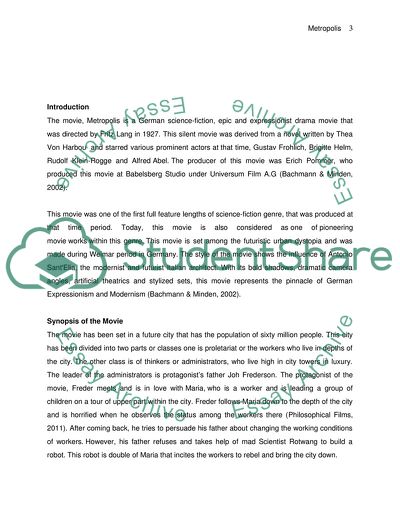Cite this document
(“The Modernist Explosion: Culture, Literature, Art and Film in Essay - 1”, n.d.)
Retrieved from https://studentshare.org/visual-arts-film-studies/1690836-the-modernist-explosion-culture-literature-art-and-film-in-german-speaking-europe-1900-1933
Retrieved from https://studentshare.org/visual-arts-film-studies/1690836-the-modernist-explosion-culture-literature-art-and-film-in-german-speaking-europe-1900-1933
(The Modernist Explosion: Culture, Literature, Art and Film in Essay - 1)
https://studentshare.org/visual-arts-film-studies/1690836-the-modernist-explosion-culture-literature-art-and-film-in-german-speaking-europe-1900-1933.
https://studentshare.org/visual-arts-film-studies/1690836-the-modernist-explosion-culture-literature-art-and-film-in-german-speaking-europe-1900-1933.
“The Modernist Explosion: Culture, Literature, Art and Film in Essay - 1”, n.d. https://studentshare.org/visual-arts-film-studies/1690836-the-modernist-explosion-culture-literature-art-and-film-in-german-speaking-europe-1900-1933.


